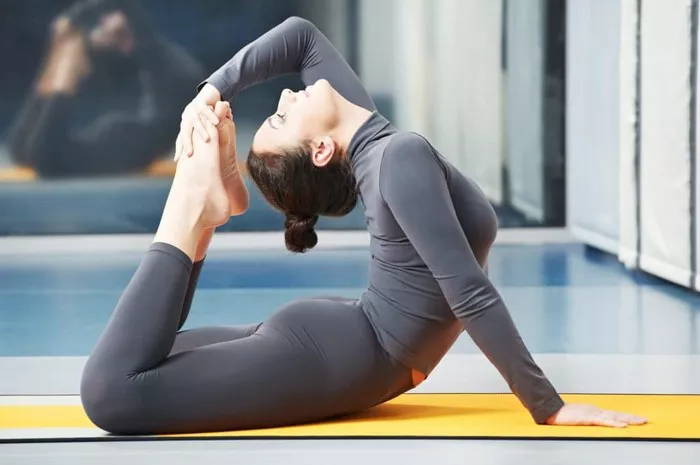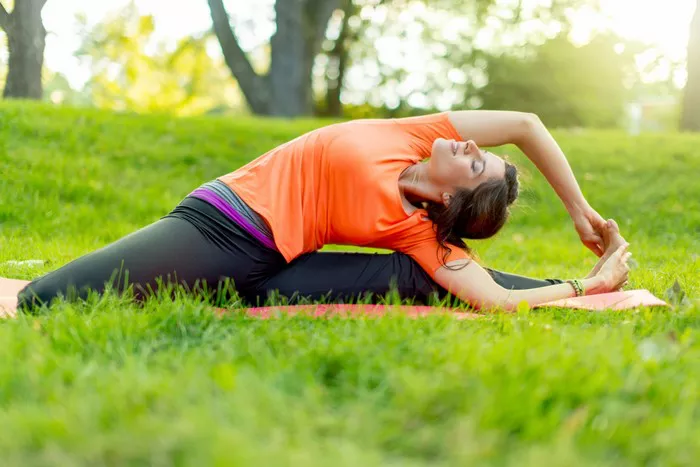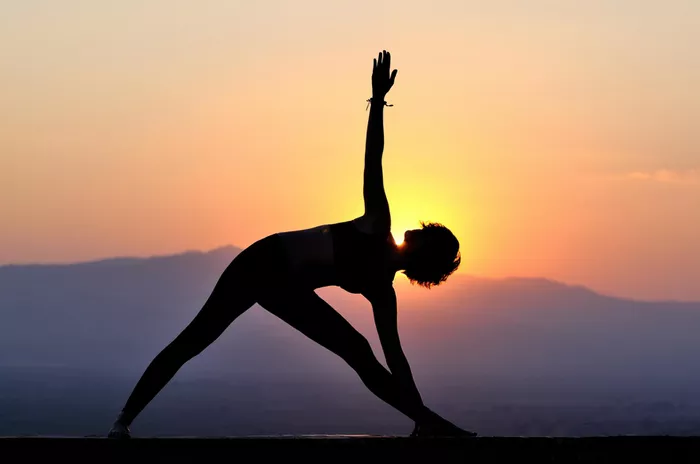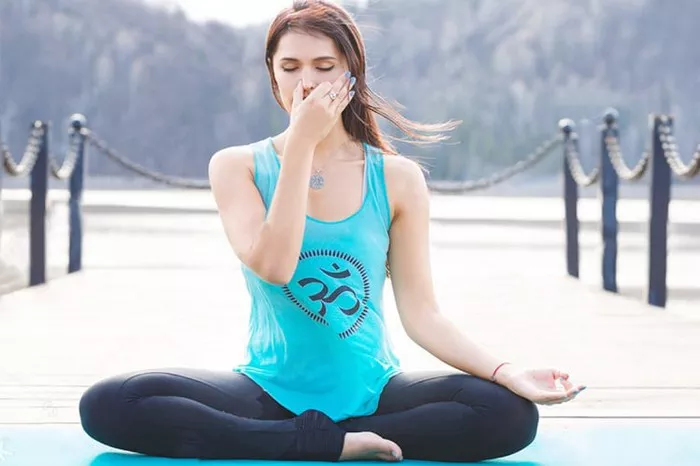Savasana, often called the “corpse pose,” is one of the most integral and sometimes misunderstood poses in yoga practice. It’s typically the final posture of a yoga session, where practitioners lie on their backs, arms and legs extended, eyes closed, and the focus shifts to breath and deep relaxation. While it may seem like a simple or passive pose, its role in yoga is far more profound than just a moment of rest. In this article, we will explore whether savasana can be classified as a restorative pose and understand its benefits from a physiological, psychological, and energetic perspective.
The Importance of Savasana in Yoga Practice
Before diving into whether savasana is restorative, it’s important to first recognize its importance in the overall structure of a yoga session. Yoga is often a blend of physical postures (asanas), breath control (pranayama), and meditation (dhyana). These components work together to promote balance between body, mind, and spirit. Savasana, though seemingly simple, plays a crucial role in grounding the benefits of the preceding postures.
The sequence of asanas (physical poses) typically involves stretching, strengthening, and engaging various muscle groups, while also stimulating the internal organs, improving circulation, and promoting flexibility. This physical work builds heat and energy within the body, creating a state of heightened awareness and focus. Savasana, placed at the end of a session, allows the body and mind to assimilate the benefits of the practice.
It is during savasana that practitioners can fully relax, surrender, and integrate the physical and mental work done in the preceding asanas. It helps to calm the nervous system, stabilize energy, and encourage mindfulness and self-awareness. Therefore, whether or not savasana can be categorized as a restorative pose depends on how we define “restorative” and how the body and mind respond to its specific attributes.
What is Restorative Yoga?
Restorative yoga, as a style, is distinct from other forms of yoga in its emphasis on relaxation, slow movements, and long-held postures. The primary aim is to relax the body and mind deeply, reduce stress, and support overall well-being. Unlike active styles of yoga (such as Vinyasa or Power yoga), restorative yoga poses typically require props—such as bolsters, blankets, and blocks—to help support the body and encourage deep relaxation. Poses are held for extended periods (sometimes 5–15 minutes), allowing the body to relax into the posture and release deep-seated tension.
In restorative yoga, the focus is on the parasympathetic nervous system, which is responsible for the “rest and digest” functions of the body. The activation of this system leads to reduced heart rate, lower blood pressure, and a general sense of calm and renewal. Restorative yoga is designed for those who need to recover, heal, or simply unwind from the stresses of daily life.
When compared to restorative yoga, savasana is often considered a form of “mini-restorative practice” because of its deep relaxation component, although it is generally shorter in duration (usually around 5–15 minutes, compared to longer restorative poses that can last 20 minutes or more).
Savasana as a Restorative Pose: Analyzing Its Benefits
1. Physical Relaxation and Recuperation
One of the most evident restorative benefits of savasana is its ability to facilitate physical relaxation. After an active practice, the muscles may feel tense, fatigued, or even overstimulated. Savasana provides the body with an opportunity to enter a state of complete rest, allowing the muscles to release any remaining tension. By lying still, the body can begin to return to its baseline level of calmness, which promotes a sense of relaxation and recuperation.
In a restorative yoga class, props are often used to fully support the body, but in savasana, the body is usually unsupported, which allows the practitioner to experience true physical surrender. This lack of support in savasana might seem counterintuitive to those accustomed to using props, but the simplicity of savasana promotes deep relaxation by allowing the body to be held by the earth.
The breath also plays a key role in savasana. As practitioners focus on deep, slow breathing, the respiratory system is activated in a way that encourages healing and rejuvenation. The body enters a state of parasympathetic dominance, which lowers the heart rate, reduces muscle tension, and promotes the healing of internal organs.
2. Mental Calmness and Emotional Release
Restorative poses generally create a safe, supportive environment for emotional healing. The calmness that savasana induces can lead to emotional release, often helping practitioners access a deeper level of relaxation and introspection. Just as the body benefits from rest, the mind also benefits from the stillness and mental silence encouraged in savasana.
The act of consciously letting go in savasana can help release accumulated mental and emotional tension. When the body is still, the mind is given space to let go of distractions and stressors, allowing thoughts to subside and creating an opportunity for emotional clarity. This moment of mental stillness often leads to emotional balance, helping to relieve feelings of anxiety or overwhelm.
3. Energetic Restoration
In yoga philosophy, every individual is believed to have a life force energy known as prana. This energy flows through the body via channels called nadis, and its balanced flow contributes to physical, emotional, and spiritual well-being. An imbalance in prana can manifest as fatigue, stress, or physical discomfort.
Savasana supports the restoration of prana by helping practitioners to re-center and restore the flow of energy throughout the body. During the practice of savasana, prana moves freely, as the body and mind are in a state of deep relaxation. When prana is allowed to flow unimpeded, the body’s natural healing abilities are activated, and the practitioner is better able to rejuvenate.
It’s not just physical recovery that occurs during savasana but a rebalancing of energy. Just as a battery needs to recharge after being used, the practitioner’s energy system also requires rest to recalibrate and restore equilibrium. As a result, savasana often feels deeply restorative on an energetic level, helping to eliminate feelings of depletion or burnout.
4. Stress Reduction
One of the hallmark benefits of restorative yoga is its ability to reduce stress. Savasana offers a chance for the body and mind to reduce stress by encouraging a state of deep relaxation. The act of lying down and focusing on the breath helps to shift the body from the “fight or flight” response (sympathetic nervous system) to the “rest and digest” response (parasympathetic nervous system).
This shift has several physiological effects, including lowering blood pressure, reducing the levels of cortisol (the stress hormone), and inducing a sense of calm. In this way, savasana functions as a powerful tool for stress reduction. For those who struggle with chronic stress or anxiety, savasana offers an accessible method to promote relaxation and relieve tension.
5. Facilitates Meditation and Mindfulness
While savasana itself is a pose, it is also an opportunity to practice mindfulness and meditation. Some yoga classes incorporate guided meditation during savasana, leading the practitioner through a series of calming visualizations or body scans. These guided techniques help deepen the relaxation process and ensure that the practitioner remains present in the moment, cultivating mindfulness.
For practitioners who may struggle with meditation during active asanas or who find it difficult to sit still for meditation, savasana provides a space to access the same benefits of mindfulness. The body is in a state of complete stillness, and the mind is gently guided to focus on the present moment. This can lead to a heightened sense of awareness and an improved ability to manage stress or anxiety.
6. Physical Alignment and Healing
In restorative yoga, poses are designed to encourage alignment and healing of the body. While savasana may seem like a passive pose, it actually allows for deep restoration by aligning the body in a neutral position. The body’s natural curves are supported on the mat, and the mind is encouraged to let go of any remaining tension in the muscles and joints.
Savasana offers an opportunity for the body to rest in an optimal position, allowing for any misalignments or imbalances to be corrected. This alignment helps to promote healing in the body, especially for those dealing with chronic pain, muscle strain, or tension.
Conclusion
So, is savasana a restorative pose? Yes, it can certainly be considered a restorative pose, albeit in a different way than the longer-held, supported poses commonly found in restorative yoga. Savasana promotes relaxation, stress relief, and rejuvenation, offering both physical and mental restoration in a way that no other pose in yoga does. It allows the practitioner to assimilate the benefits of the entire practice, while also creating a space for emotional and energetic healing.
Though savasana may be brief compared to the long-held postures of restorative yoga, its effects on the body and mind are undeniable. By allowing the body to deeply relax, the nervous system to calm, and the mind to quiet, savasana provides a crucial opportunity for restorative healing. Whether used in a dynamic practice or as part of a more restorative session, savasana offers profound restorative benefits and serves as the perfect conclusion to a yoga practice.
For anyone looking to achieve deep relaxation and rejuvenation, savasana is more than just a final resting pose—it is an essential tool for restoring balance and harmony within the body, mind, and spirit.
Related Topics:

























